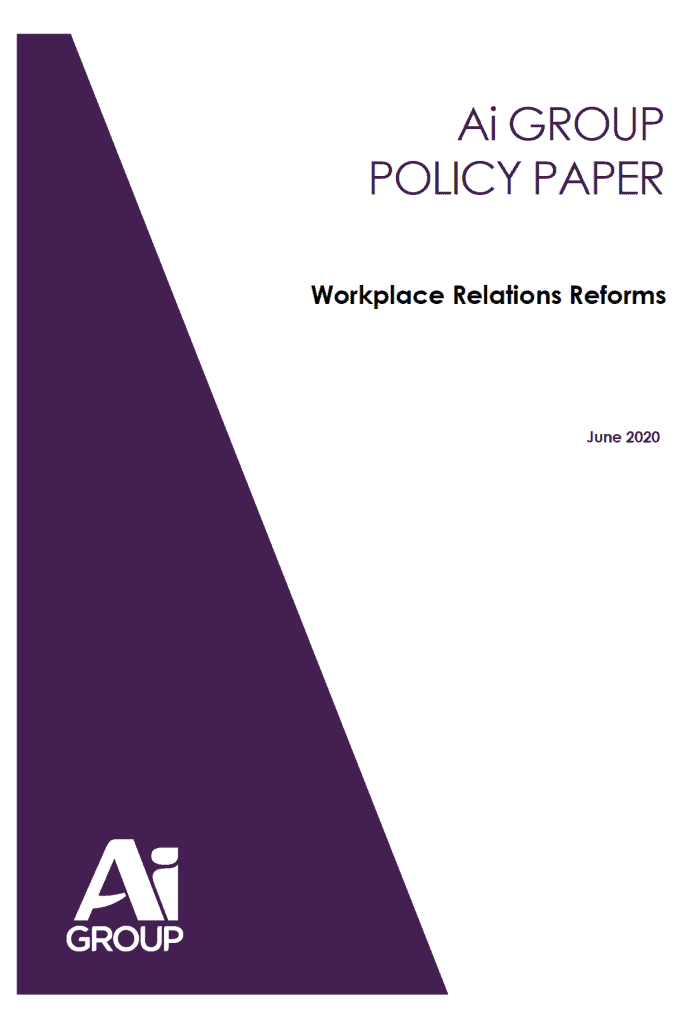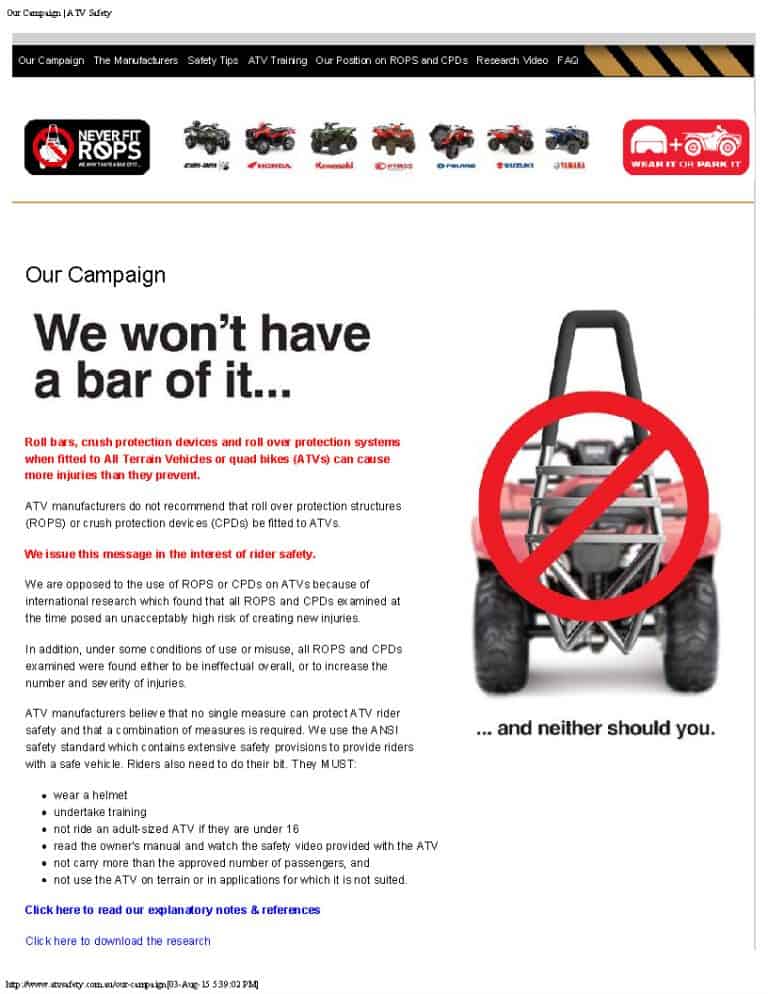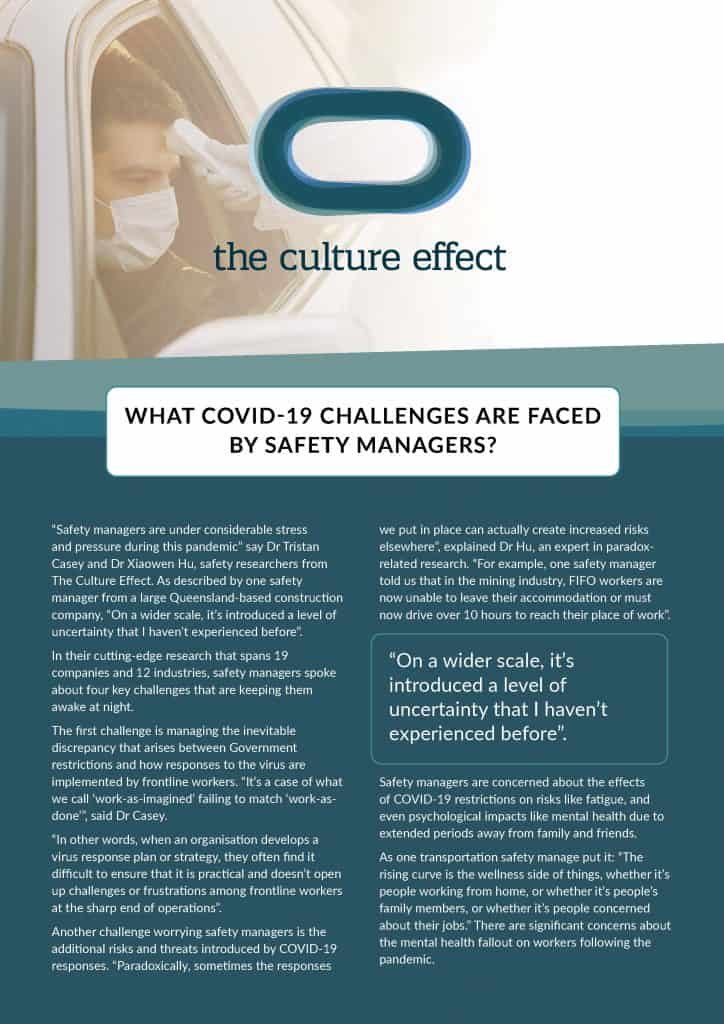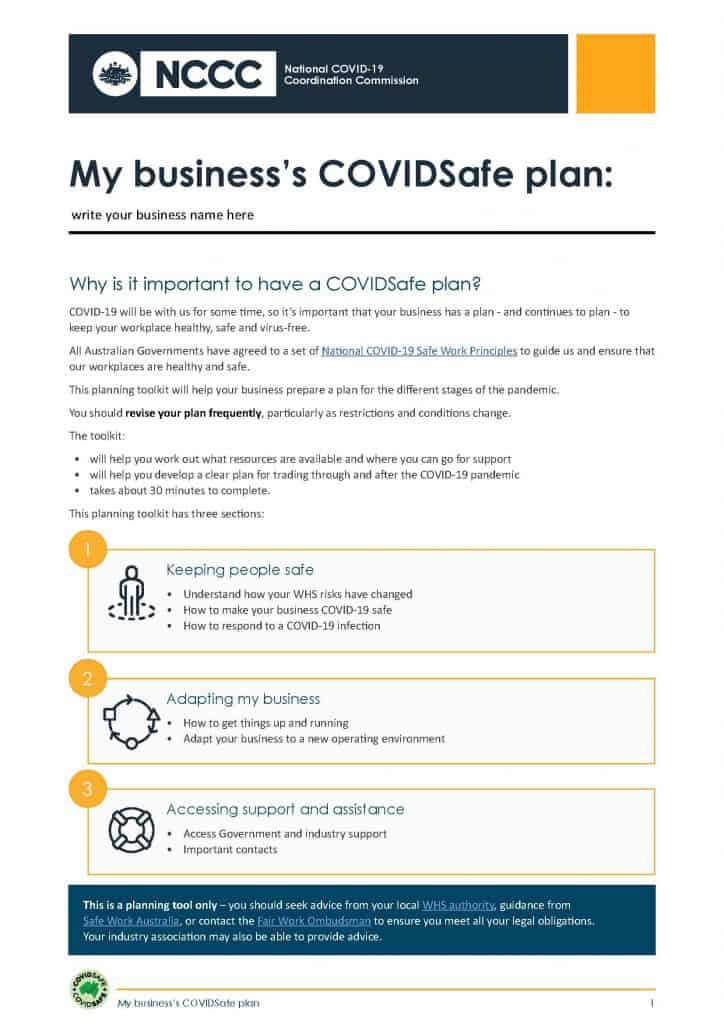Honda, Yamaha, Suzuki and Polaris have previously announced that they will no longer be supplying quad bikes to the Australian market in response to the imposition of new safety standards. This has left a hole in the market for agricultural all-terrain vehicles (ATVs) that CFMOTO is happy to fill by including an Australian-made crush protection device (CPD) with the sale of some of its quad bikes.
Several Australian farmers continue to be unhappy about the removal of some models of quad bikes from the market. The Weekly Times reported on one disgruntled quad bike dealer, Craig Hartley. What the newspaper article failed to mention was that Hartley’s dealership is with Honda, Yamaha and KTM or that the dealership has been on the market since 2014 but it did include this quote from Hartley:
“Many rural motorcycle businesses, which support the ag industry throughout Australia, may have to close the doors as quad bikes are in many cases at least 40 per cent, if not more, of their turnover.”






